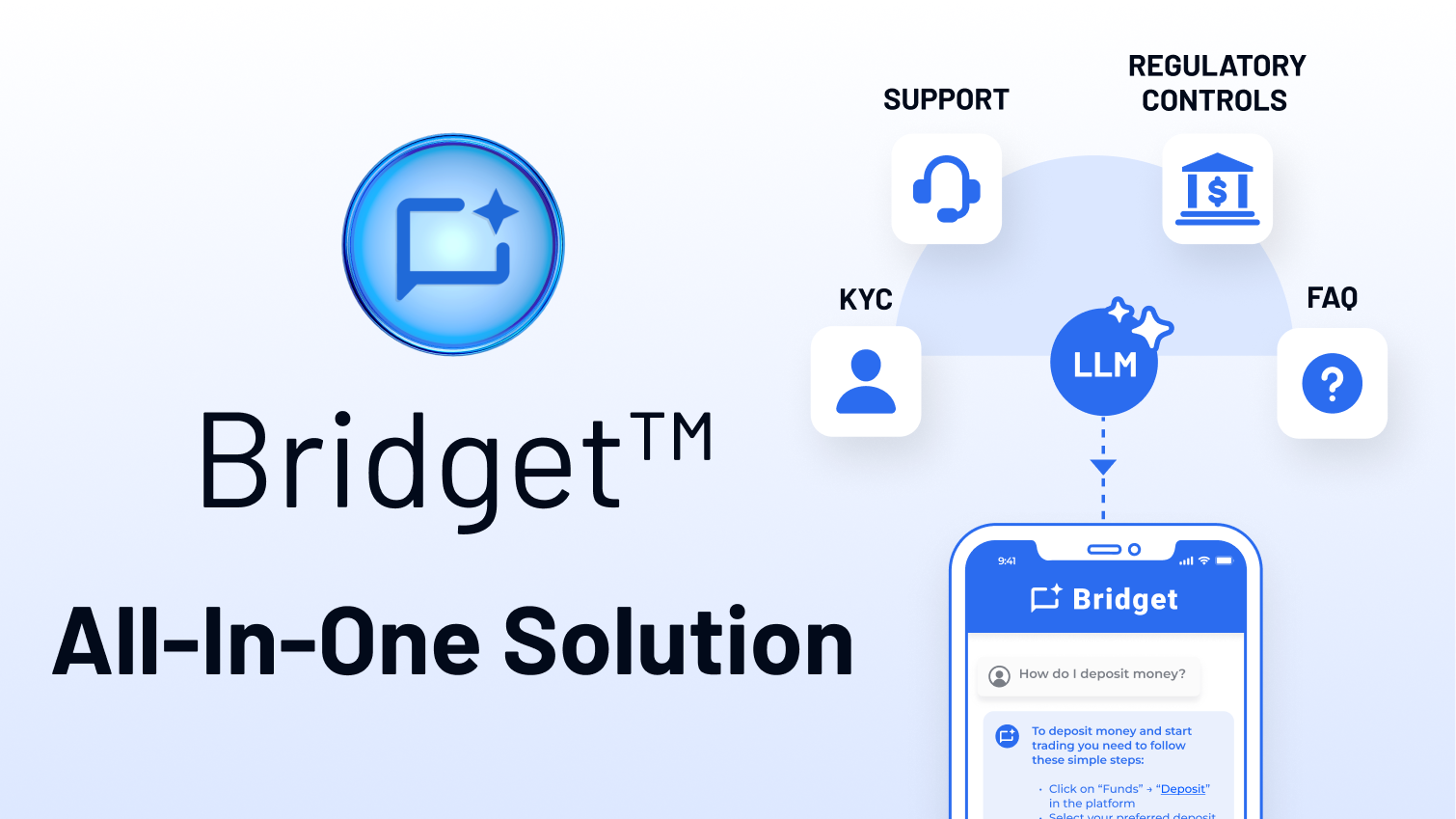
3 Ways AI Is Changing Real-time Investment Decisions
With investors, the difference between making money, or losing it, can be a matter of minutes. Today’s ...

By Kelvin Phua, Bridgewise General Manager – Asia Pacific
Last month I had the privilege of representing Bridgewise at Money 20/20 Asia in Bangkok. It was an incredible event. We had great conversations with a broad spectrum of professionals from across the finance industry and capital markets and it was a great opportunity to talk about Bridgewise and the specific solutions we are offering the market.
Beyond that, the event and the meetings we had there offered unique insights into where the market is heading around the world, and more specifically in APAC. It was a great way to take the temperature of the market in Asia and gain a better understanding of the issues they are facing.
So what’s on the mind of finance leaders in Asia? A few things that jumped out to me.
It seems the one topic that grabs a lot of mindshare in Asia is China and the tension with the US. This political cloud casts a shadow over all of the activity in the Asian markets and has been a consistent feature for several years. With an election year in the US, and broader uncertainty and security concerns looming all over the world, investors and financial institutions alike are keeping a close eye on how broader geopolitical developments will impact Asian economies.
In addition, China itself has been flexing its muscles lately, perhaps in response to political developments in the US. Whatever the motivations, these tensions are increasingly impacting investment decisions that will have impacts for the foreseeable future.
Like much of the world, leaders in APAC are looking at the ways AI is going to impact economies overall and the finance industry and capital markets more specifically. Alongside this, APAC markets are particularly interested in sustainability, and that led to a number of conversations about ESG analysis of businesses helping guide investors to support companies that are aligned with their values.
We had a number of conversations about how ETFs and funds more broadly are continuing to attract attention from an increasing number of investors, both in Asia and around the world. So there is a lot of thought about the movement of Asian investors into ETFs and also what role APAC based funds can play for investors outside of the region.
These trends have been growing for some time, with the Financial Times reporting at the end of last year that the Asia-Pacific region has “become the fastest-growing exchange traded fund market in the world.”
One additional topic that relates to attracting global investors to Asian funds is the issues local issuers face with language barriers. This challenge hasn’t been sufficiently addressed in the market and issuers and exchanges are still looking to increase their exposure outside of APAC. ETFs often have an international mix of assets, and for Asian investors that can prove to be an obstacle as there isn’t good information available in local languages to help them make sense of the funds.
With the market continuing to expand, and the taste for ETFs developing across APAC, it’s important to evaluate the challenges both investors and financial institutions face in performing a comprehensive analysis of these funds.
ETFs, and funds in general, can’t be analyzed in the same way as individual assets. It’s not simply a case of looking at the performance of the fund over time, but rather understanding the individual assets that make up that fund and reviewing the factors that make the fund desirable to an individual investor.
There are numerous questions that investors may want to ask or that analysts might want to explore that are simply too time consuming to perform. Simply imagine the time it takes to perform a fundamental analysis on a single asset, looking across the board at its performance, balance sheet, as well as factors specifically impacting its market or the region or country it’s operating in.
These are time and consuming and resource intensive analyses. Now, try to imagine multiplying that amount of time and resources by several hundred or even thousands of items for each asset in a fund. The time it would take to perform a deep fundamental analysis into a fund quickly spirals out of the realm of possibility.
Solving this problem will help expand even further the pool of potential investors considering investing in ETFs as they will be able to gain insights, on their own, into the fund in a far more comprehensive manner.
These are just some of the highlights from what we heard in Bangkok and in our conversations with partners across the region in the weeks after. Listening to the market and its key players is a critical part of our work to address the challenges facing the capital markets and, ultimately, to help investors gain knowledge and a greater understanding of the opportunities available.

With investors, the difference between making money, or losing it, can be a matter of minutes. Today’s ...

When we first launched Bridget™ , our AI chat solution for investment insights, it represented a ...